
cd_nom
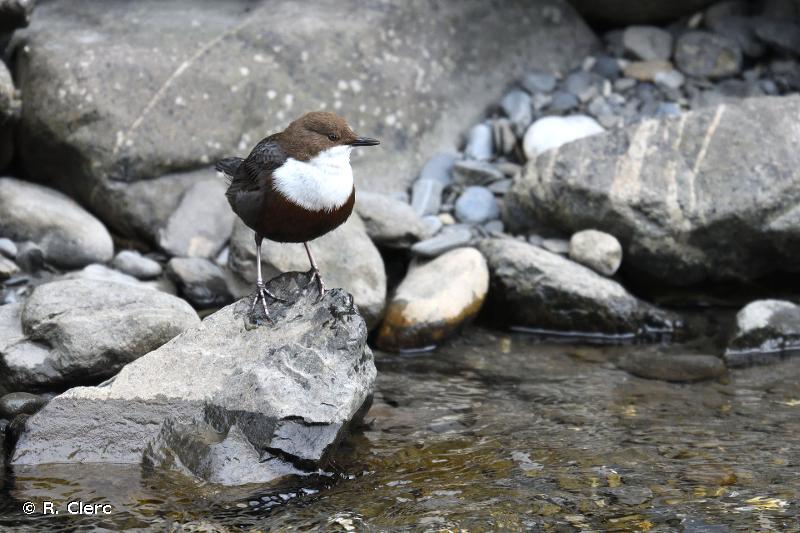
| Author : R. Clerc |
 |
To get the picture, please visit:
Roland Clerc
Photographe naturaliste
http://www.faune-valais.ch/index.php?page=accueil
email : inpn@mnhn.fr
Despite the Creative Commons license, please inform the author of the use which will be made of his photo
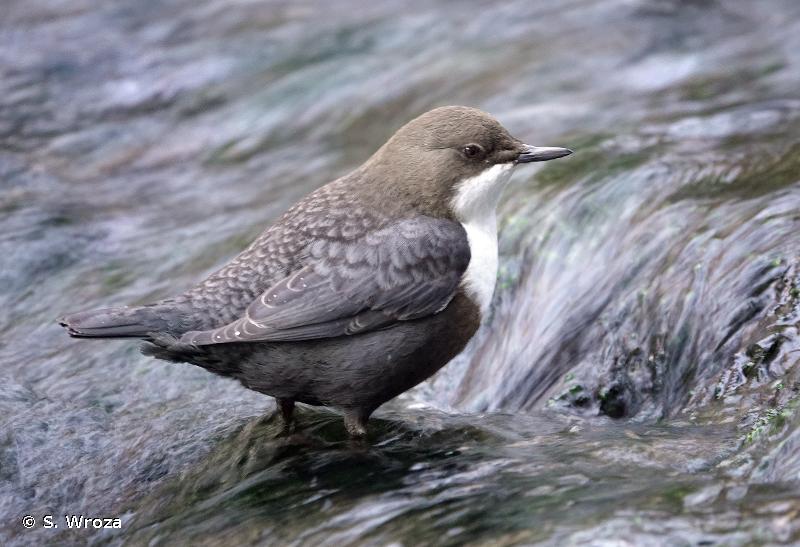
| Author : S. Wroza |
 |
Despite the Creative Commons license, please inform the author of the use which will be made of his photo
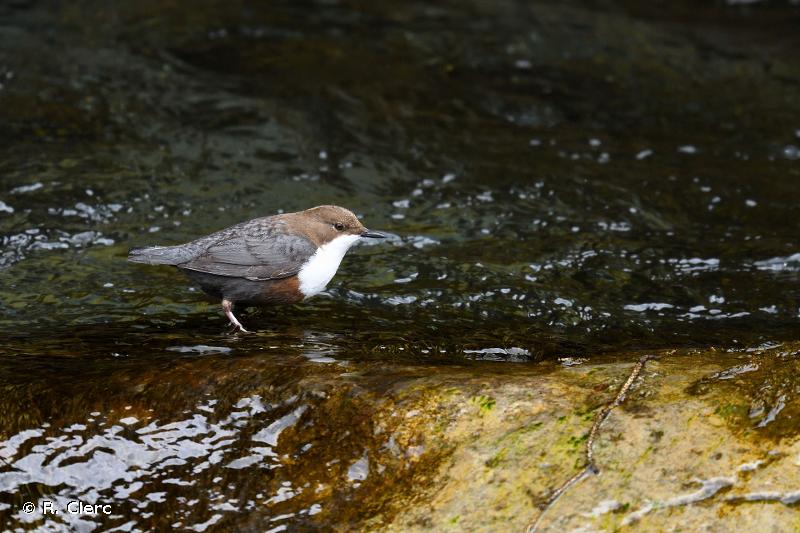
| Author : R. Clerc |
 |
To get the picture, please visit:
Roland Clerc
Photographe naturaliste
http://www.faune-valais.ch/index.php?page=accueil
email : inpn@mnhn.fr
Despite the Creative Commons license, please inform the author of the use which will be made of his photo
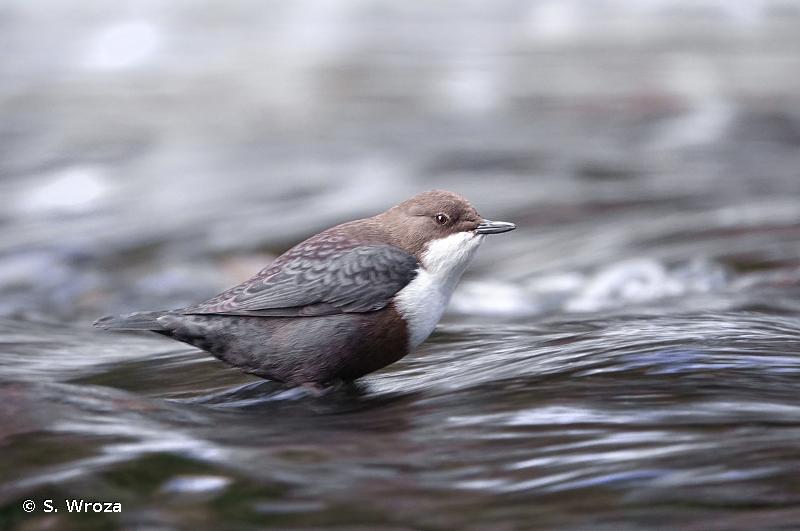
| Author : S. Wroza |
 |
Despite the Creative Commons license, please inform the author of the use which will be made of his photo
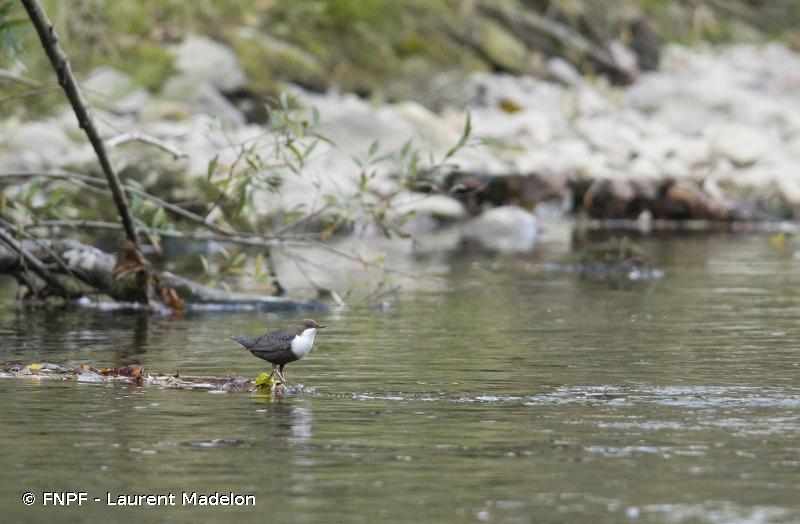
| Author : FNPF - Laurent Madelon |
 |
To get the picture, please visit:
Laurent Madelon
Fédération Nationale de la Pêche en France et de la protection du milieu aquatique
inpn@mnhn.fr
Despite the Creative Commons license, please inform the author of the use which will be made of his photo
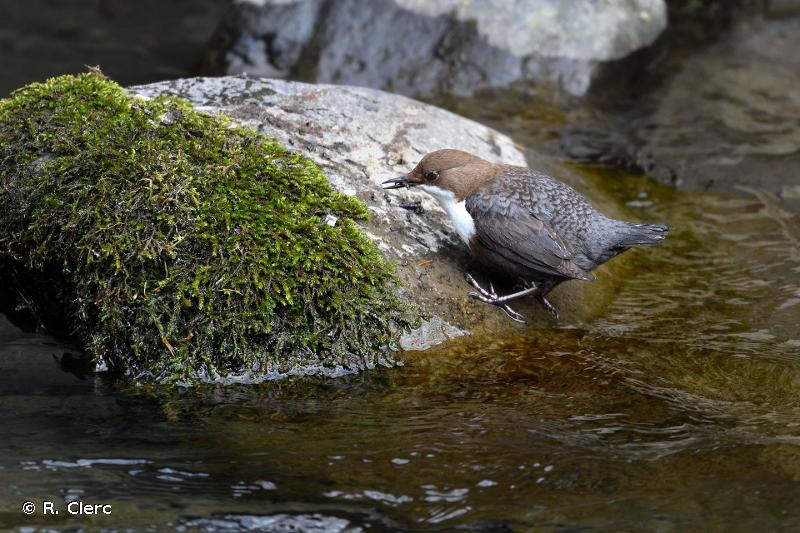
| Author : R. Clerc |
 |
To get the picture, please visit:
Roland Clerc
Photographe naturaliste
http://www.faune-valais.ch/index.php?page=accueil
email : inpn@mnhn.fr
Despite the Creative Commons license, please inform the author of the use which will be made of his photo
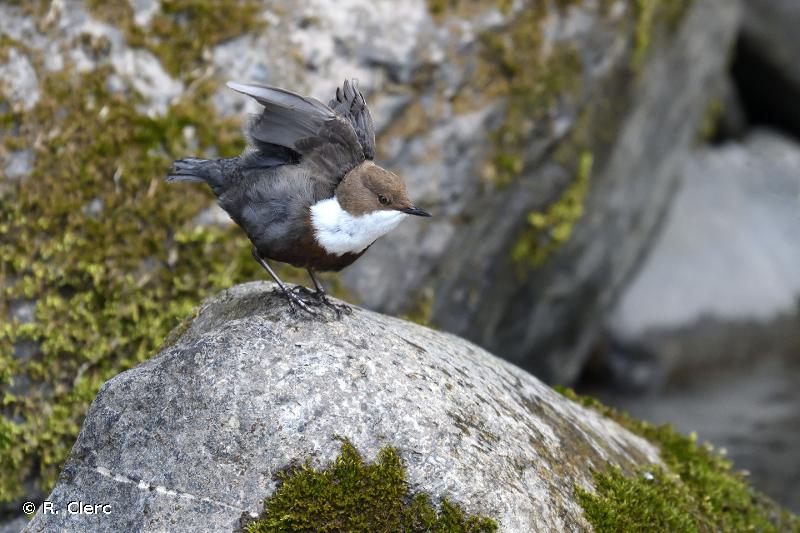
| Author : R. Clerc |
 |
To get the picture, please visit:
Roland Clerc
Photographe naturaliste
http://www.faune-valais.ch/index.php?page=accueil
email : inpn@mnhn.fr
Despite the Creative Commons license, please inform the author of the use which will be made of his photo
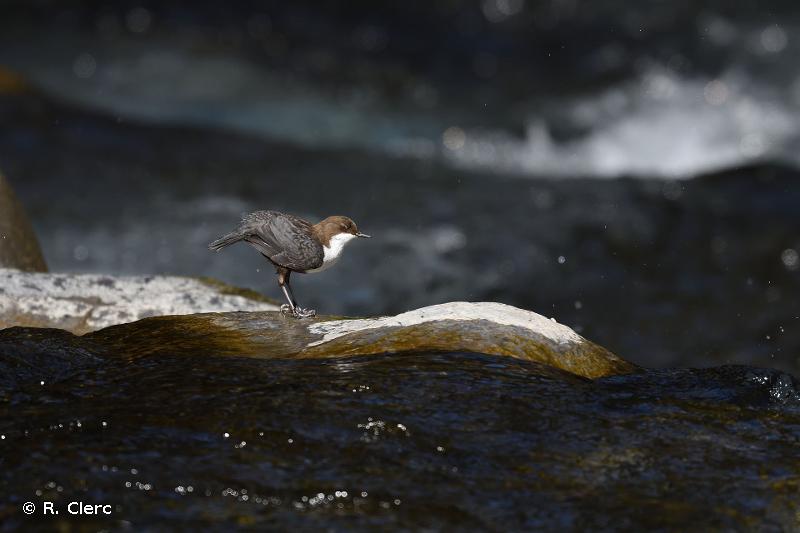
| Author : R. Clerc |
 |
To get the picture, please visit:
Roland Clerc
Photographe naturaliste
http://www.faune-valais.ch/index.php?page=accueil
email : inpn@mnhn.fr
Despite the Creative Commons license, please inform the author of the use which will be made of his photo
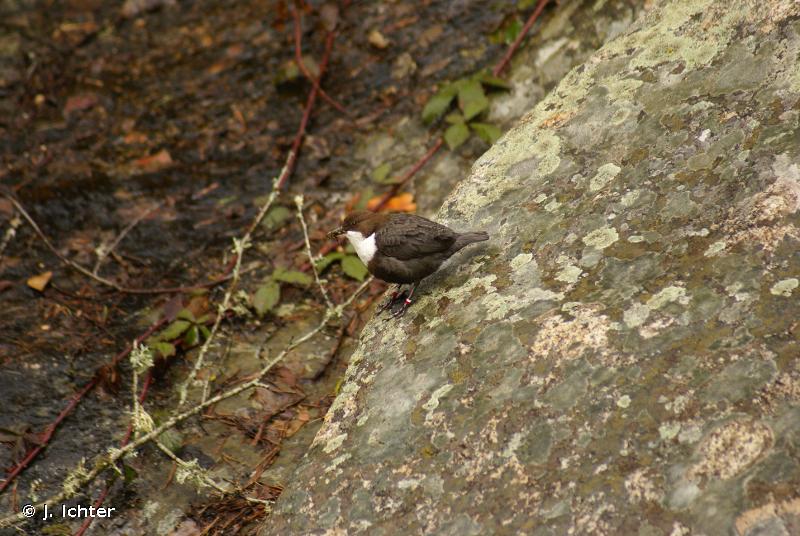
| Author : J. Ichter |
 |
To get the picture, please visit:
Jean Ichter
email : inpn@mnhn.fr
Despite the Creative Commons license, please inform the author of the use which will be made of his photo
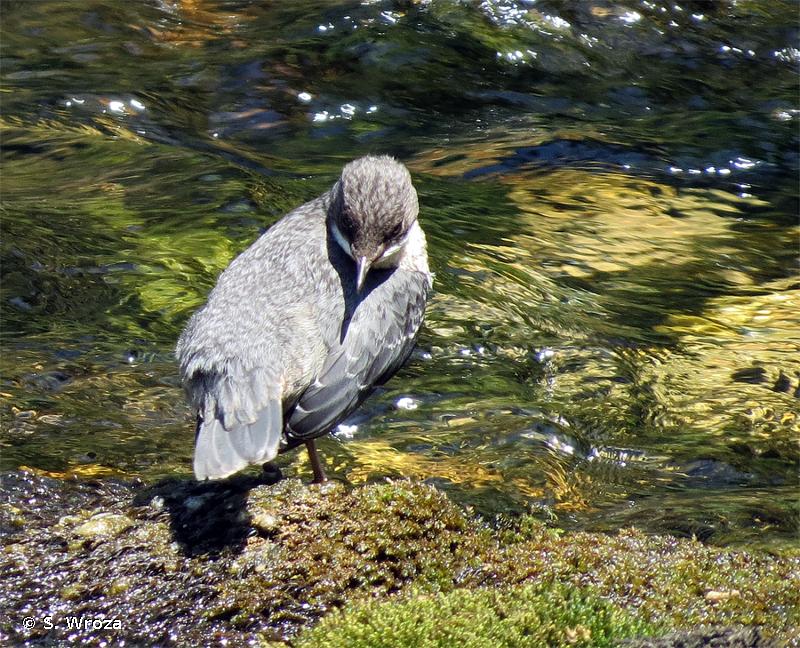
| Author : S. Wroza |
 |
Despite the Creative Commons license, please inform the author of the use which will be made of his photo

| Author : S. Wroza |
 |
Despite the Creative Commons license, please inform the author of the use which will be made of his photo
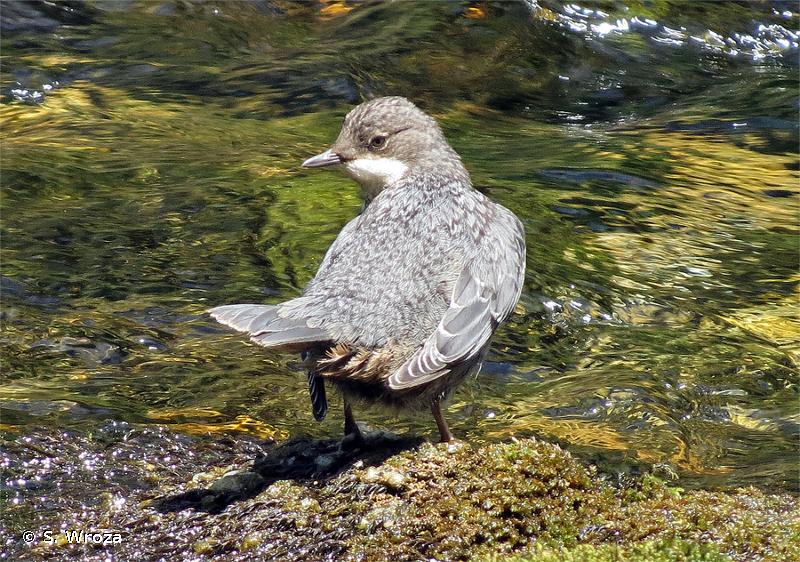
| Author : S. Wroza |
 |
Despite the Creative Commons license, please inform the author of the use which will be made of his photo
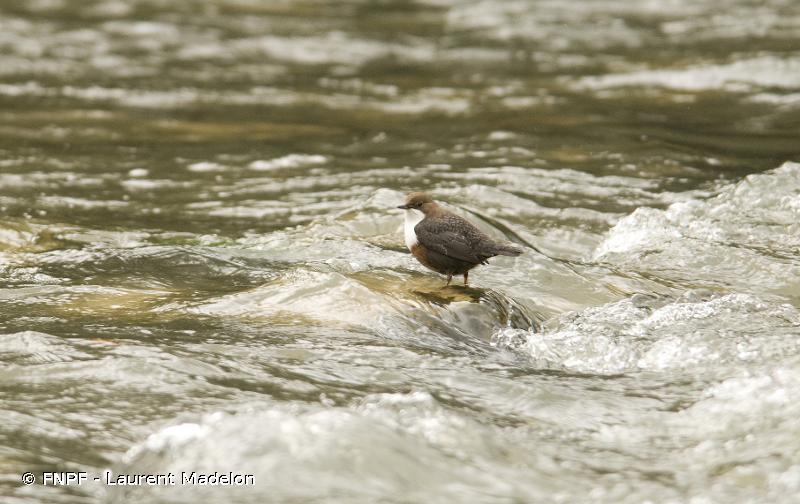
| Author : FNPF - Laurent Madelon |
 |
To get the picture, please visit:
Laurent Madelon
Fédération Nationale de la Pêche en France et de la protection du milieu aquatique
inpn@mnhn.fr
Despite the Creative Commons license, please inform the author of the use which will be made of his photo
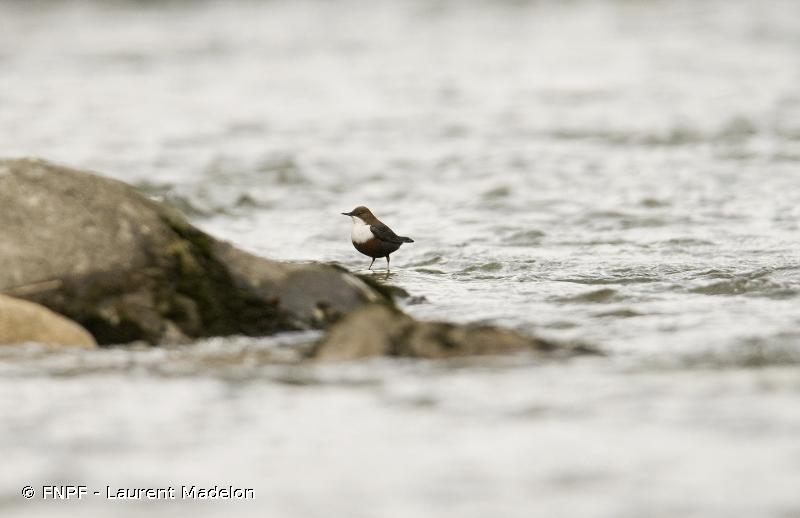
| Author : FNPF - Laurent Madelon |
 |
To get the picture, please visit:
Laurent Madelon
Fédération Nationale de la Pêche en France et de la protection du milieu aquatique
inpn@mnhn.fr
Despite the Creative Commons license, please inform the author of the use which will be made of his photo
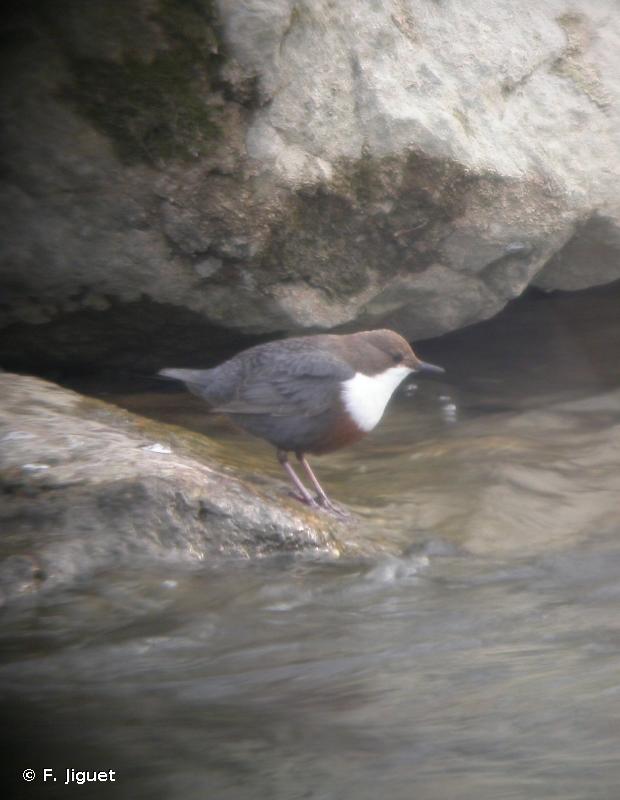
| Author : F. Jiguet |
 |
To get the picture, please visit:
Frédéric Jiguet
CRBPO
email : inpn@mnhn.fr
Despite the Creative Commons license, please inform the author of the use which will be made of his photo
Taille/poids :
Longueur totale du corps : 17-20 cm. Poids : 47-75 g.
Diagnose :
Le Cincle plongeur est un passereau au corps rondelet, à la queue courte, dont le plumage sombre peut faire penser à un petit merle. Un plastron blanc s'étendant du menton au sternum est limité par une bande rousse, parfois absente. La tête et la nuque sont marron, le reste du plumage est brun sombre à noir.
Détermination :
Simple. Facile sur photo.
Toute l'année.
Biologie-éthologie :
Le Cincle se nourrit surtout d'invertébrés aquatiques qu'il recueille dans le lit des rivières en plongeant ou marchant sur le fond.
Biogéographie et écologie :
Espèce paléarctique, le Cincle plongeur occupe les cours d'eau de la plupart des zones montueuses d'Eurasie et du nord-ouest de l'Afrique. En période de reproduction le Cincle fréquente les rivières ou ruisseaux rapides aux eaux fraîches, à lit caillouteux, à débit parfois intermittent, en des sections pourvues d'un emplacement pour le nid et de ressources trophiques suffisantes.
Compilé par J. Comolet-Tirman à partir des Cahiers d’habitats.(UMS 2006 Patrimoine Naturel (AFB / CNRS / MNHN)),2017
Continental
Metropolitan France
Overseas
Marine
Metropolitan France
Overseas
The map presents a summary at the 10 x 10 km grid of the observation data for the species transmitted to the SINP. These data have been subjected to validation filters.
The map presents a reference distribution layer of the species at the scale of departments and marine sectors. The presence and absence data were established by expertise within a network of partners. This reference distribution is used in the validation process of the SINP data at the INPN level.
Corresponds to a report on the basis of at least one observation proved within a period of 10 years (20 years for little-known invertebrates) preceding the year and no presumption of extinction since obtaining the last data nor doubt on reproductive and implemented nature of this population. For migratory species, the presence indicated concerns areas of reproduction.
This status is based on one or more of the following criteria:
This point covers the absence, more difficult by nature to demonstrate than presence. This status is based on one or more of the following criteria:
This status must be assigned to a department in which the presence of the species is casual.
Particular case of absence due to a proven extinction less than a half century ago (older disappearances are treated as "no probable or definite").
In the state of knowledge, we can not comment on the presence or absence in the current department. This is the default status when not comprised in one of the previous categories or whenever there is doubt.
The map shows the global distribution of the species based on GBIF data (Global Biodiversity Information Facility).
